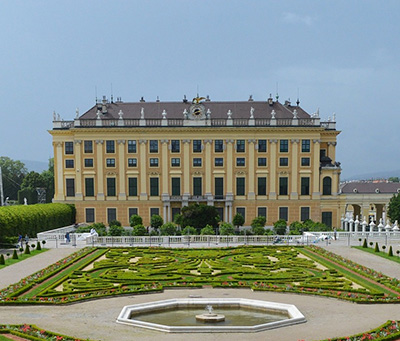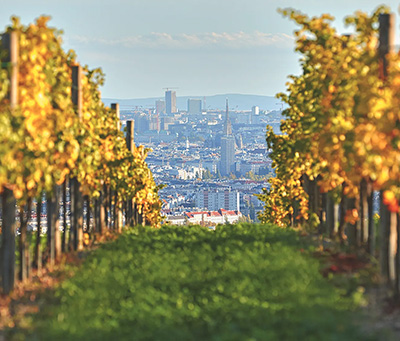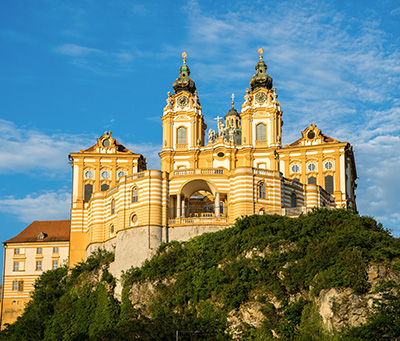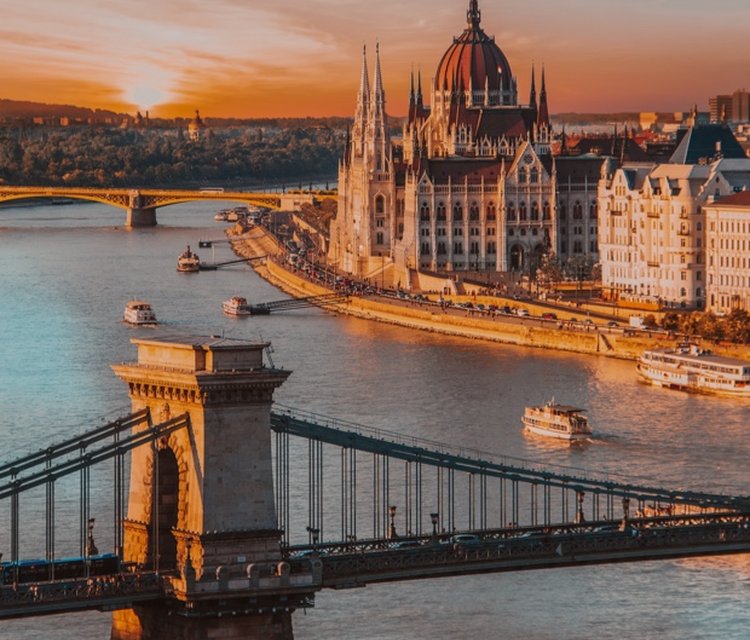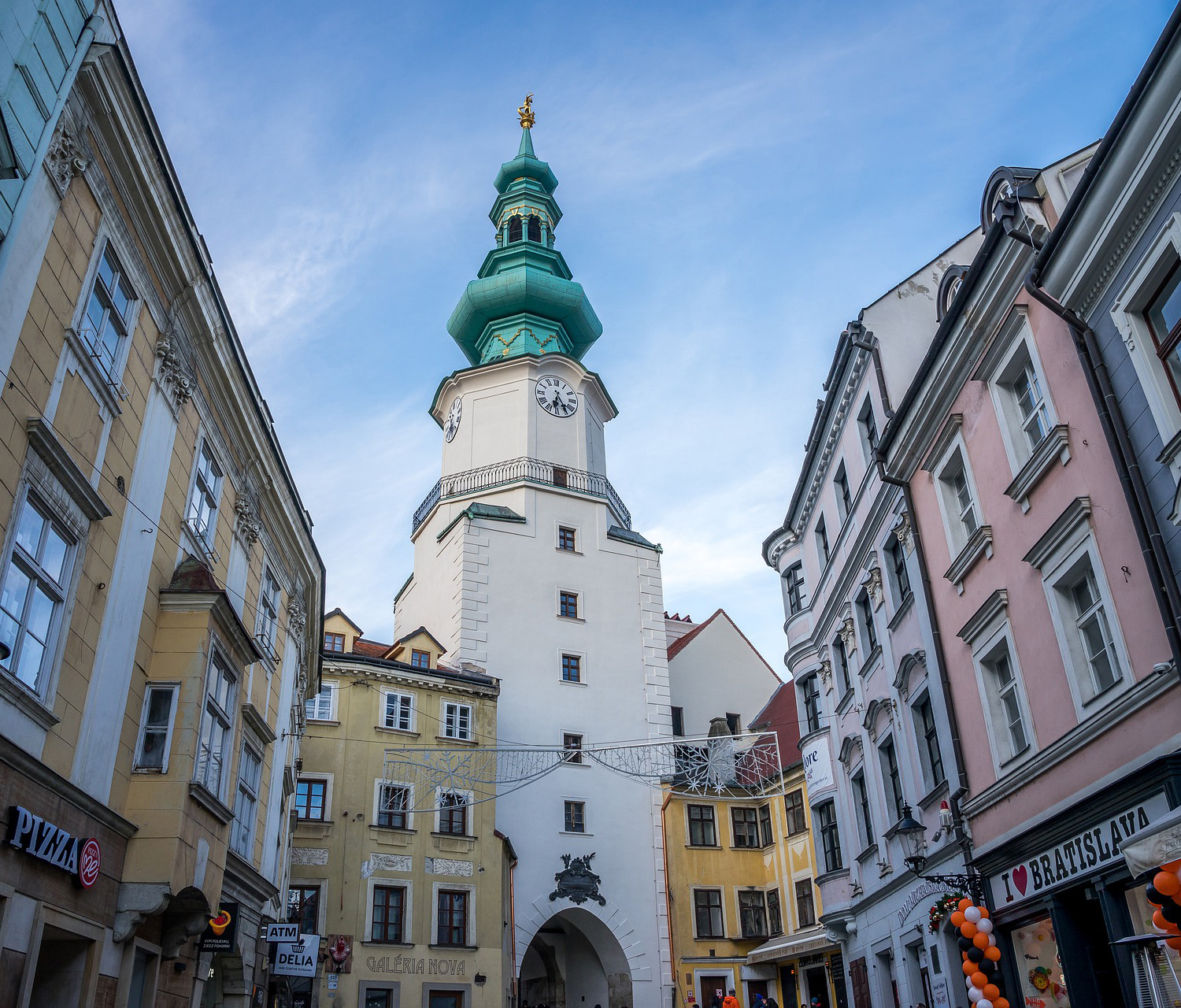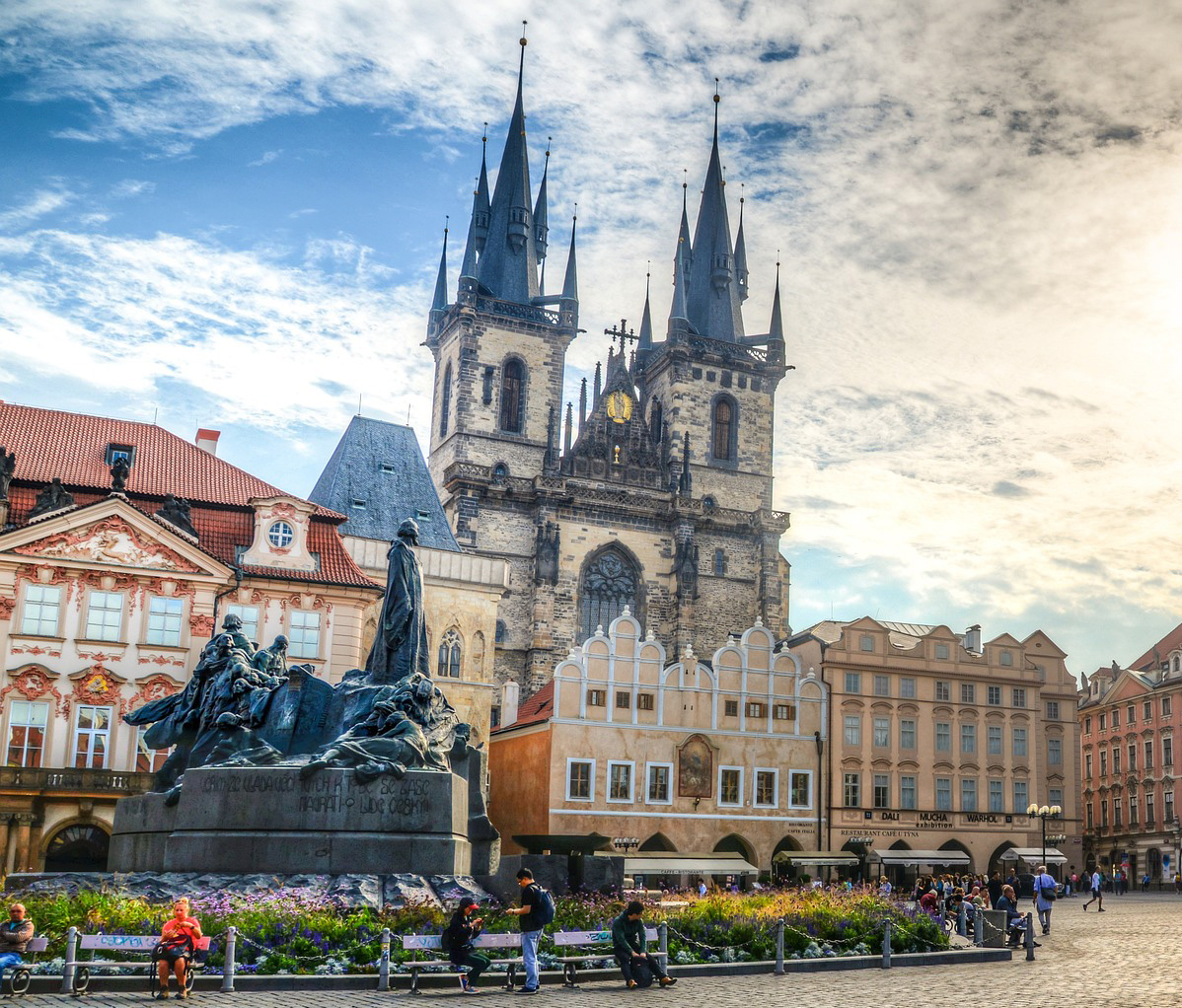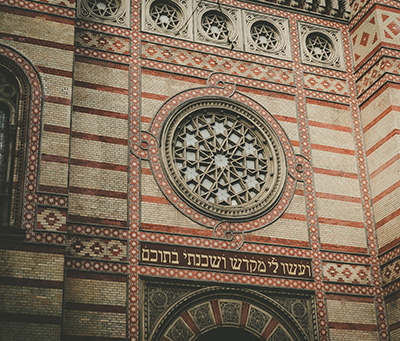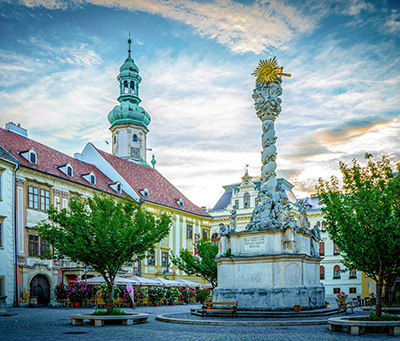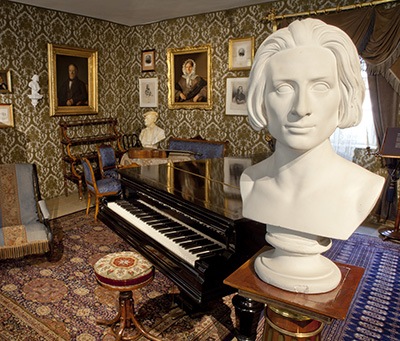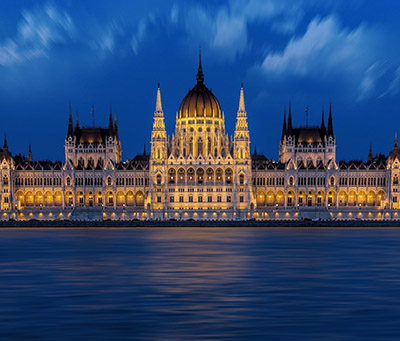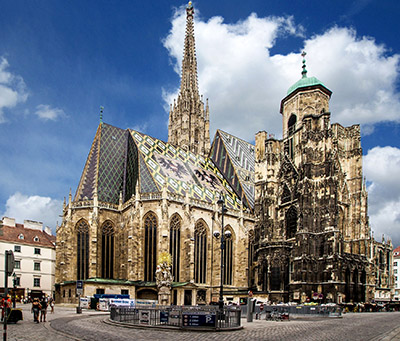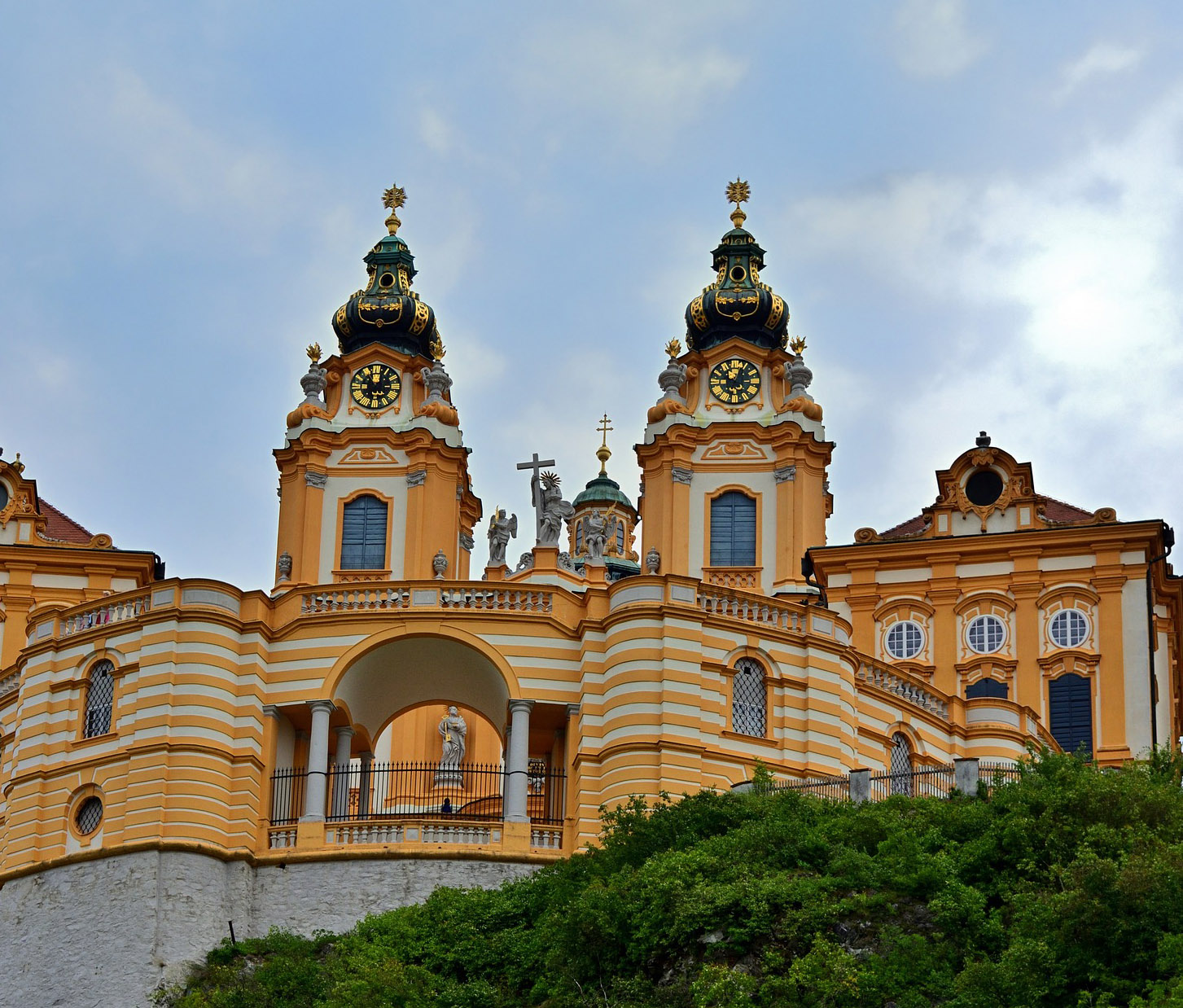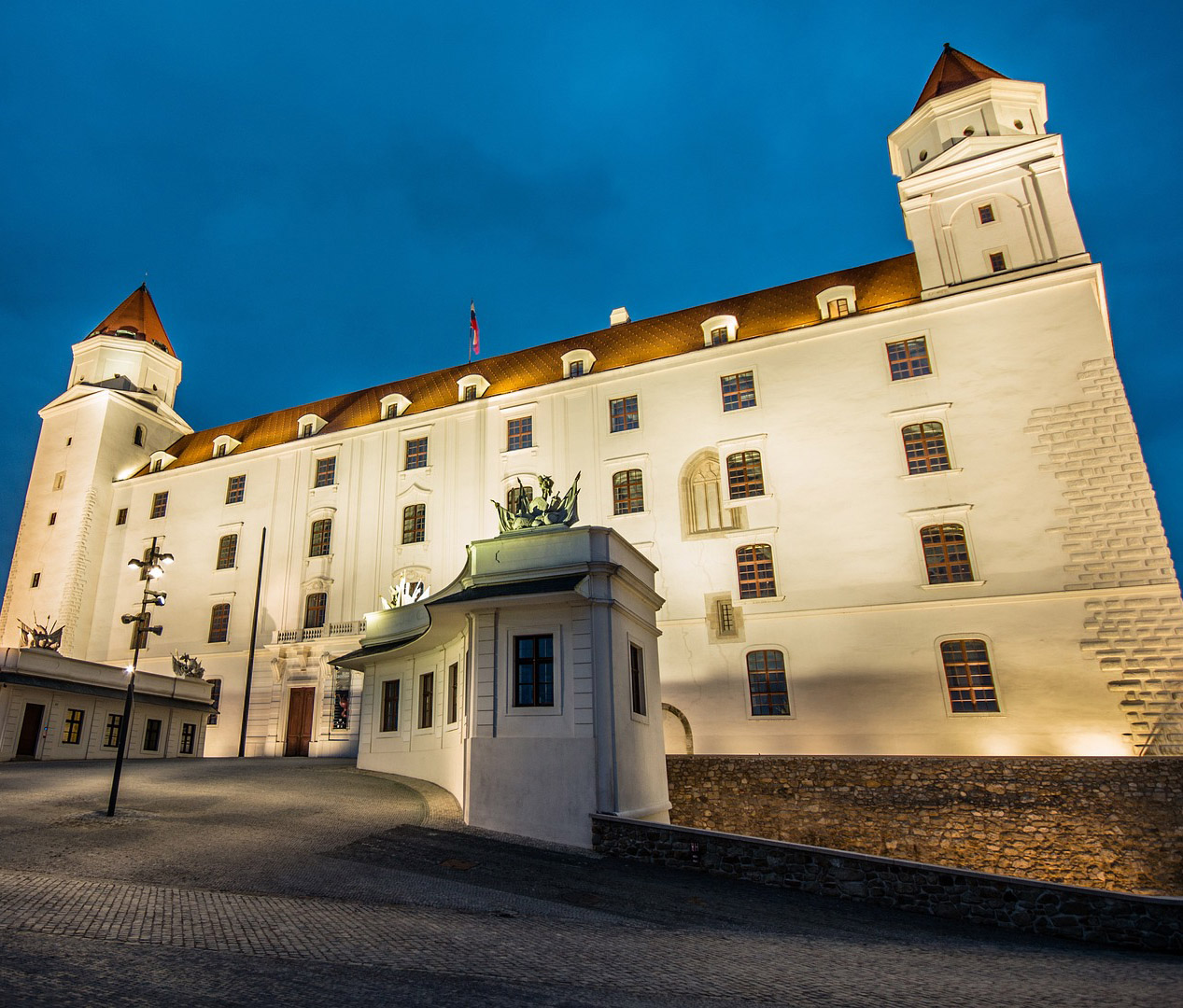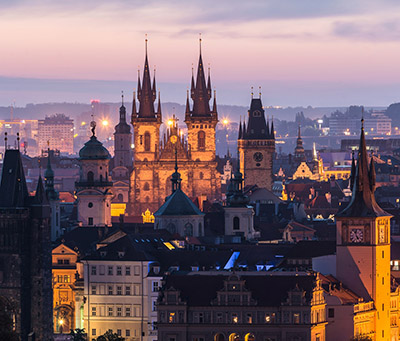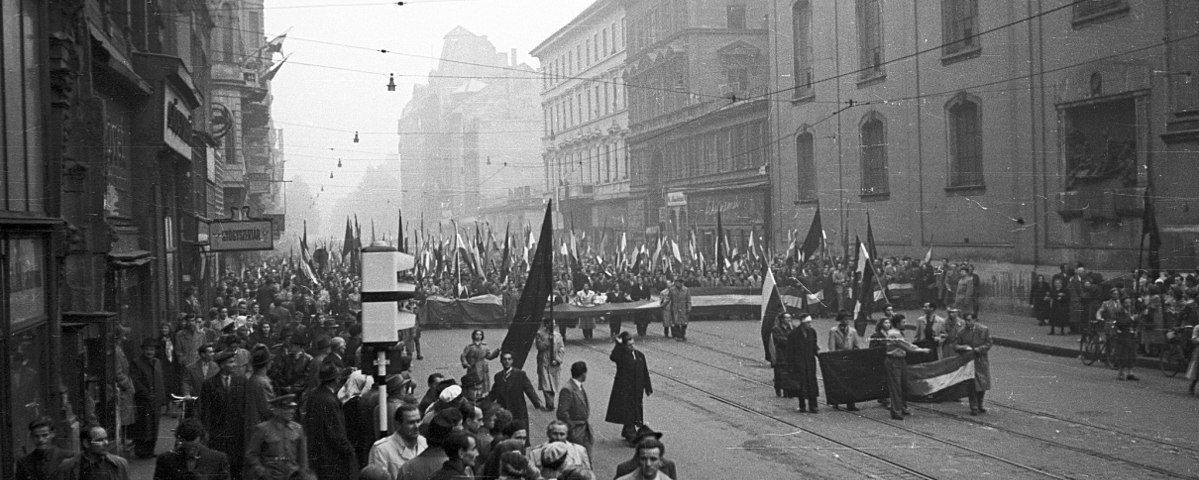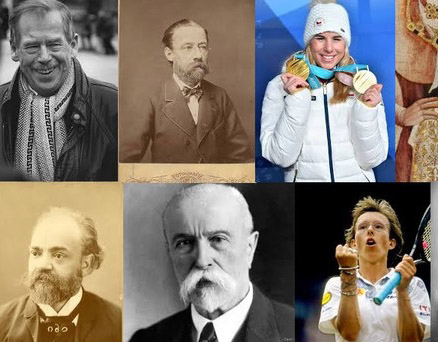- ABOUT US
- TOURS
- Vienna City Tour
- Wine tour of Vienna
- Tour of Danube Valley
- Salzburg Day Tour
- Budapest Day Tour
- Bratislava Day Tour
- Prague Private Tour
- Budapest Jewish Heritage Tour
- Visit Sopron the Hungarian bordertown
- Borderless wine tour in Austria and Hungary
- Ironcurtain tour in Hungary
- Esterhazy heritage tour in Austria and Hungary
- Haydyn and Liszt heritage tour in Austria and Hungary
- Birdwatch in Hungary
- Wine tour at Lake Neusidler
- DESTINATIONS
- GUIDES
- CONCIERGE
- TRANSFERS
- INSIDER BLOG
- USEFUL PAGES
Budapest is a city rich in history, but some of its most fascinating stories are hidden away from plain sight. During the Cold War, Budapest was at the forefront of the tense geopolitical standoff between the United States and the Soviet Union.
In the time of the Cold War, Budapest was Eastern Europe's sin city, offering tourists from communist countries a taste of the decadent West, including rock concerts, Adidas sports gear, and fast food. Eating at McDonald's was a splurge, and people traveling from other communist countries to Hungary waited in long lines for a burger, fries, and a Coke. Ronald McDonald stood on the street corner like a heretic prophet, cheering on the downtrodden proletariat.
Even Hungary enjoyed the Goulash Comunism, Budapest was a main central spot for spies and cold war inteligence services.
During the Cold War in Hungary, spies worked not for the Hungarian government, but for the Soviets - it's no wonder that many of them were not too enthusiastic and did not provide overly important information to our Russian friends. Double agents were usually blackmailed and threatened, and many of them fled the country as quickly as they could if they weren't imprisoned after being caught.
A rather unique situation emerged in Hungary during the Cold War, and it persisted until the regime change. The "great liberator" Soviet Union was fond of recruiting Hungarian spies for its own interests and sent unsuspecting, often untrained amateur agents beyond the Iron Curtain, where they were easily fooled by fake agents from NATO countries. As a result, most of them did not perform valuable work for either Hungary or the Soviets.
Since 1989 many things have changed, but memories are still alive in many Hungarians who lived in this era.
Today, remnants of that era can still be found throughout the city, if you know where to look.
One such hidden Cold War heritage site is the KGB apartments. Located just a stone's throw away from the U.S. Embassy, these apartments were used by the Soviet secret police to spy on American diplomats during the height of the Cold War. The apartments were designed to look like regular flats, complete with furniture and everyday items, but were actually fitted with hidden cameras and microphones that recorded everything that was said or done.
Not many people knows the story behind the secret hotel room in the former Forum Hotel. As it was the first luxury hotel in town, local inteligence services must have kept their eyes on those 1956 imigrants who visited back to their former homeland as American citizens.
Another hidden Cold War site in Budapest is the city's underground network of bunkers and tunnels. One such bunker can be found under the Buda Castle, and was built by the Hungarian government during the Cold War to serve as a shelter in case of a nuclear attack. The bunker is still intact today and can be visited as part of a guided tour, providing a fascinating glimpse into the paranoia and fear that gripped the city during that era.
The House of Terror is a museum located in Budapest, Hungary, that explores the horrors of the Nazi and Communist regimes that ruled Hungary during the 20th century. The building itself was used by both the Nazi secret police, the Arrow Cross Party, and the Soviet Union's secret police, the ÁVH, to imprison, torture, and execute political dissidents and other perceived enemies of the state. Today, the House of Terror serves as a poignant reminder of the atrocities committed during Hungary's turbulent past and is a must-see for anyone interested in the country's history.
But perhaps the most intriguing aspect of Budapest's Cold War heritage is the many secrets that are still waiting to be uncovered. From hidden listening devices to secret agents and coded messages, the city is full of mysteries that continue to capture the imagination of historians and espionage enthusiasts alike.
So if you're looking to delve deeper into the hidden history of Budapest, a guided tour of its Cold War heritage sites is definitely worth considering.
PB.

